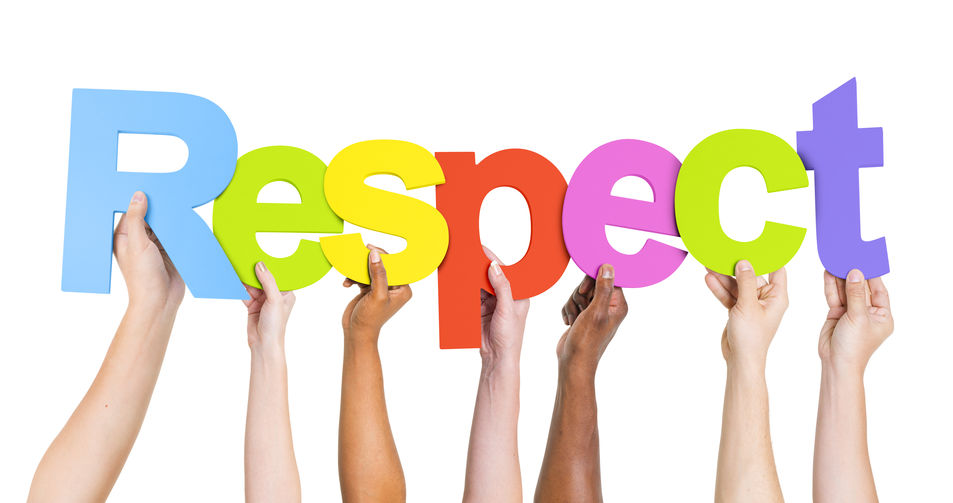
The objectionable features of the after-dinner finger-bowl arise principally in the stupid idea that they add to the elegance of the table, as much as does an épergne, and from the other fact that those using them, in order to do homage to the host, who has provided them with much récherché utensils, deem it incumbent on themselves to perform an elaborate after-dinner toilet. —The New York Times, February 1880
FINGER-BOWLS
The objectionable features of an after-dinner toilet
The subjects of finger-bowls, and mouth-cleansers are apparently again agitating the minds of the diners-out. Quite a long time ago, in the Household columns, an opinion was advanced in regard to after-dinner ablutions. Considered as a matter of dinner etiquette, it may be roundly asserted that finger washing after dinner is really an over refinement, and rather disagreeably suggestive than otherwise. If this system of cleansing the hands were pushed a l’outrance, we might require that the servants between the different courses, should go through the same operation, for a good many doubtful thumbs concealed under dingy cotton gloves might be the better for it. Practically considered, however, finger-bowls after dinner are rather useful than ornamental.
Possibly it is too much for the latter cause that they are used. There are certain fruits which cannot be eaten without sticking the fingers. Confectionery — marron glacé and such things — when partaking of, does make the fingers feel uncomfortably. It is, then, perfectly legitimate to use a finger-bowl and small napkin; even further use may be made of the bowl by dipping the end of the napkin in the water and applying it to the lips. Such as are masculine, with mustaches, find such use of the finger-bowl is comforting to a degree.
All the trouble about it is in the display. Why do people who give dinners, insist on having such highly decorative small-sized hand basins at their tables? The simpler, the less obtrusive they are, the better. In fact, when introduced, they should be brought in last, just as the curtain falls on the dinner, not advanced while the play is going on. Those who use these finger-bowls are often at fault in the way they employ them. They make too much of a business of it. They repeat, on a minor scale, the tubbing process.
The best table manners are those which are the most quiet. If there is any one thing more uncomfortable than any other, it is to hear your neighbor at the table swishing away, scrubbing his hands, and flicking his napkin around as if it were a jack-towel on a kitchen door. All you have to do is dip your fingers in the water, but you must be a very clumsy feeder if the palms of your hand are sullied; then the business is over. You may, before you begin, dip your napkin in the water and wipe your mouth. But the use of that extra cup inside of the bowl is to be inveighed against as a disgusting thing. No screen made with the hands avails to hide this repulsive act.
There is something horrible in the idea of one’s rinsing out their mouth at dinner, which recalls the toothbrush or the dentist’s chair. The act of gurgling, and the final expulsion of the fluid, is simply nauseating. This filthiness was never intended, as the usage of the smaller glass. What it was put there for was to wash the outside of the mouth only. The nasty use of it may be called one of the false developments of civilization, and should be held up to scorn. As it is a temptation in the way of the ignorant, it would be wiser to abandon the small glass entirely, and then no mistakes could be made.
Unusual things at a dinner table are not to be recommended to be recommended; nevertheless there is an Eastern custom, sometimes used in the south of France and in Spain, derived undoubtedly, from the Moors, which is not so much out of the way. At the conclusion of a dinner a servant presents to each guest a large copper basin, which he holds in one hand while with the other he pours from a large metal vessel, which has a spout with a small aperture, a thin stream of water. A very little water, without splashing falls on the fingers of the guest, who then uses his napkin, or takes one from another servant who follows. It is the parade of the thing, however, which renders it objectionable, though it is sensible enough.
The objectionable features of the after-dinner finger-bowl arise principally in the stupid idea that they add to the elegance of the table, as much as does an épergne, and from the other fact that those using them, in order to do homage to the host, who has provided them with much récherché utensils, deem it incumbent on themselves to perform an elaborate after-dinner toilet. —The New York Times, February 1880
Etiquette Enthusiast, Maura J. Graber, is the Site Editor for Etiquipedia© Etiquette Encyclopedia



























